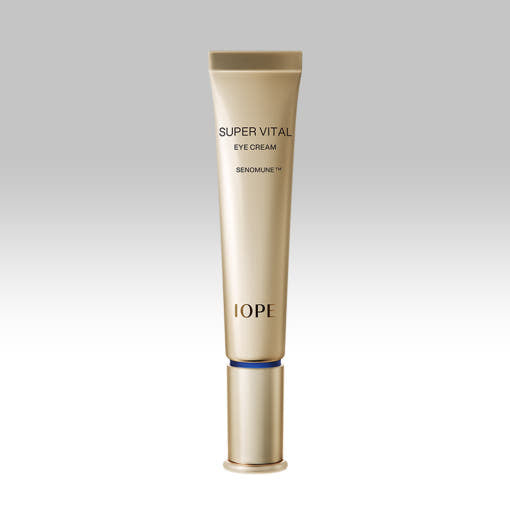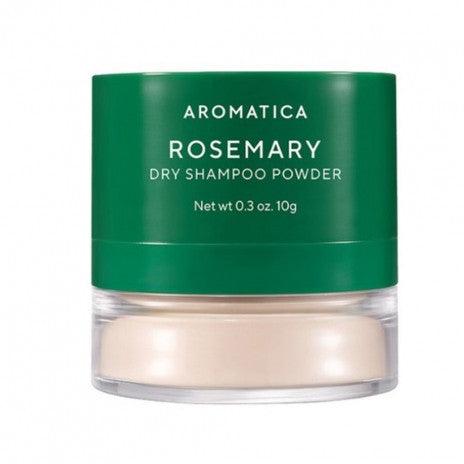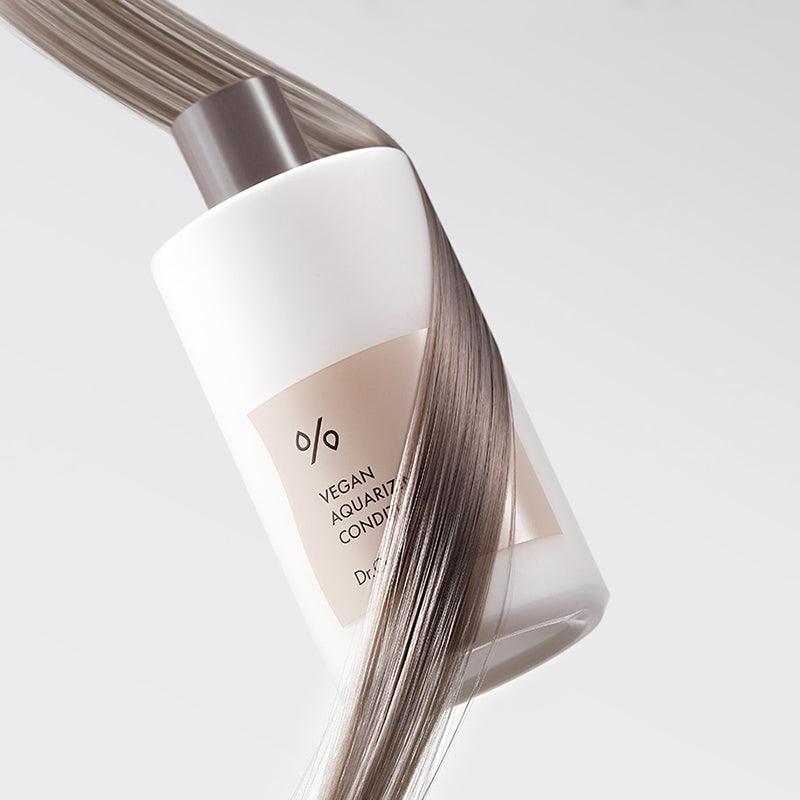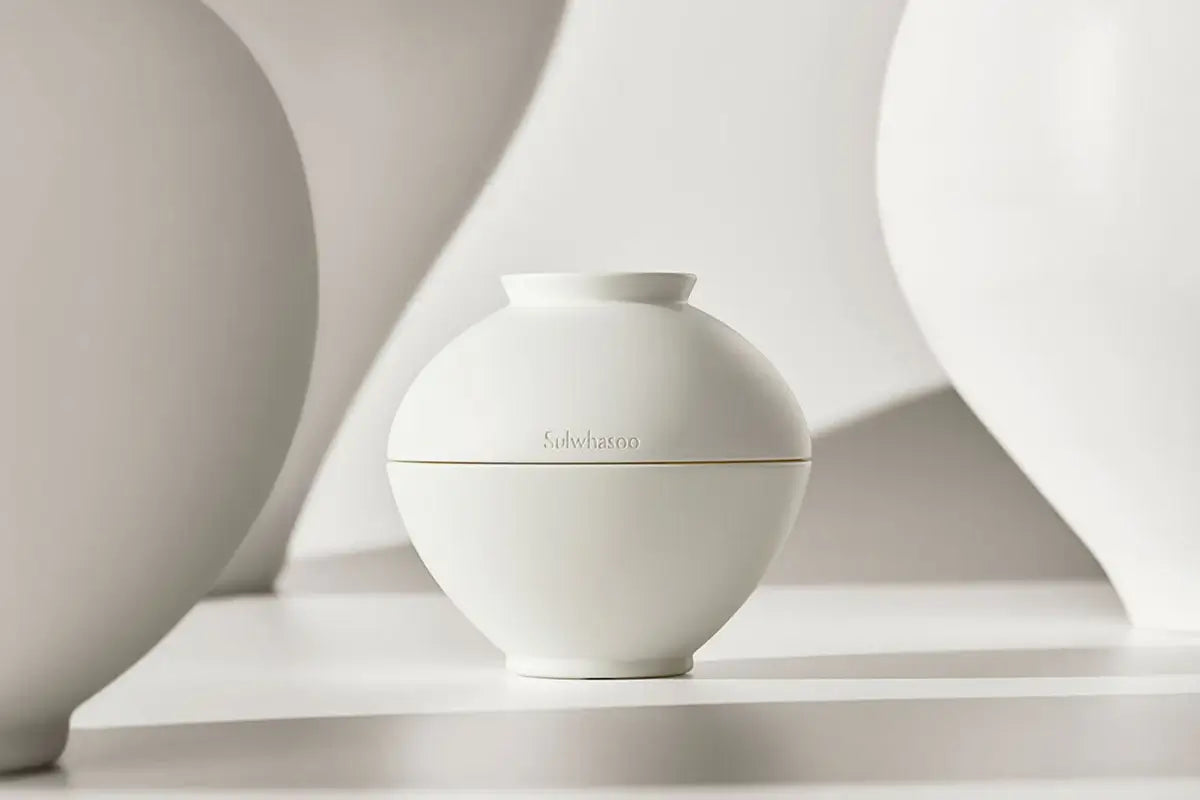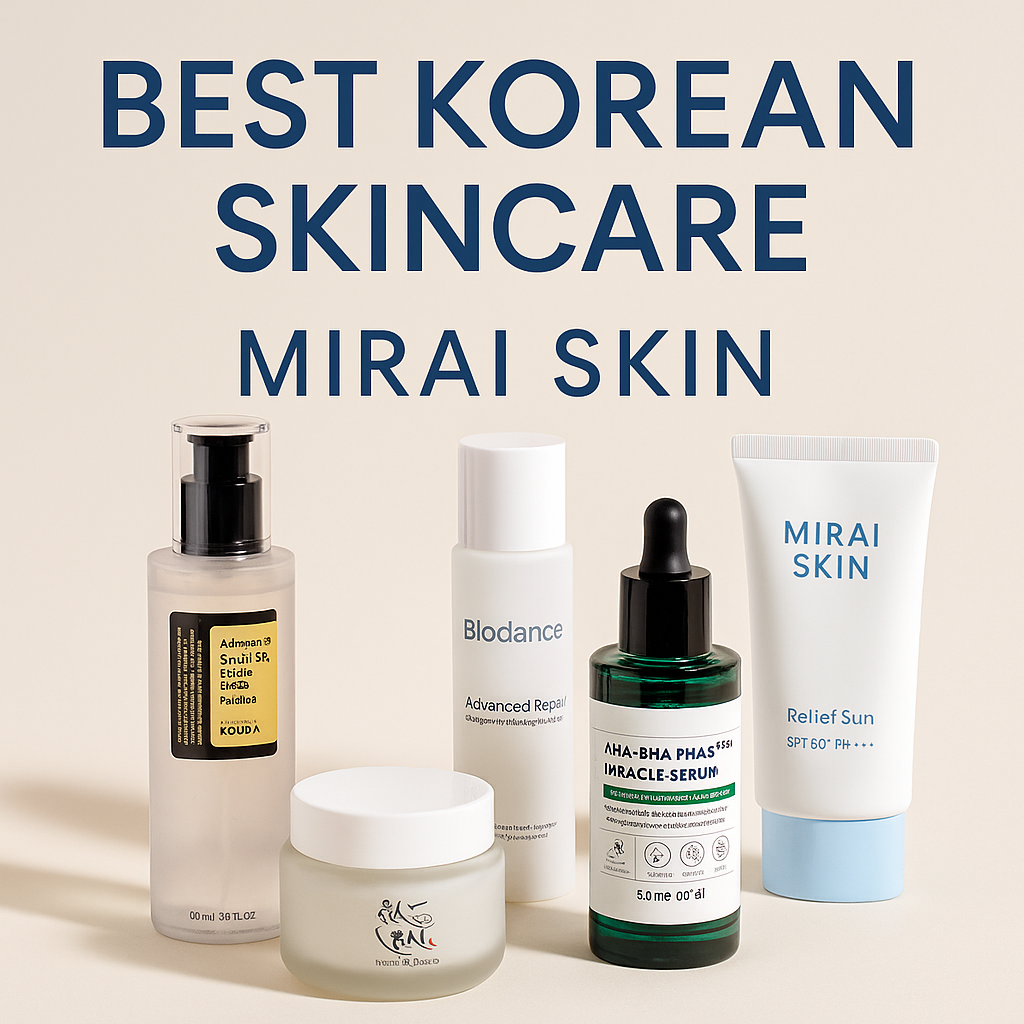If you've ever noticed brown spots, uneven patches, or discoloration on your skin, you're not alone. Skin pigmentation issues are extremely common, and while they’re rarely dangerous, they can take a toll on your self-confidence. Whether you're dealing with sun spots, melasma, or post-acne marks, understanding what causes pigmentation and how to treat it effectively can make a big difference.
In this guide, we’ll break down what pigmentation is, what causes it, the most common types, and real solutions that can help even out your skin tone over time. You don’t need to panic, you just need patience, sun protection, and the right tools.

What Is Pigmentation?
Pigmentation refers to the natural color of your skin, determined by a pigment called melanin. Melanin is produced by cells known as melanocytes, which are located in the lower layer of the epidermis. It helps protect the skin from UV radiation, but when its production becomes unbalanced either too much or too little it leads to uneven skin tone or visible discoloration.
When melanin is overproduced in certain areas, it causes hyperpigmentation dark spots or patches. On the other hand, reduced melanin can lead to hypopigmentation light patches.
Most people concerned about pigmentation are dealing with hyperpigmentation, so that’s where we’ll focus.
Common Causes of Hyperpigmentation
1. Sun Exposure
Sunlight is the most common trigger for pigmentation. When your skin is exposed to UV rays, it produces more melanin to protect itself, leading to sun spots, freckles, and age spots. Over time, repeated sun exposure can make these spots darker and more permanent.
2. Hormonal Changes
Hormones play a big role in skin pigmentation. Women often experience melasma during pregnancy, while taking birth control, or when undergoing hormone therapy. This condition appears as symmetrical, blotchy patches usually found on the cheeks, forehead, or upper lip.
3. Post-Inflammatory Hyperpigmentation (PIH)
PIH happens after the skin experiences inflammation or trauma—like acne, eczema, or a scratch. Once the skin heals, a dark mark remains where the inflammation occurred.
4. Aging and Oxidative Stress
As we age, our skin’s ability to repair itself slows down. Years of sun exposure and environmental damage accumulate, often showing up as age spots or liver spots.
5. Genetic Predisposition
Some individuals are more prone to developing pigmentation due to their genetic background or skin tone. People with darker skin tones tend to produce more melanin and are more susceptible to pigmentation.
6. Medical Conditions and Medications
Certain conditions like Addison’s disease, hemochromatosis, or even some medications (such as chemotherapy drugs) can cause changes in pigmentation.
Types of Pigmentation
Sun Spots (Solar Lentigines)
Flat, brown or black spots that appear on sun-exposed areas. They're often called “age spots” and usually show up after the age of 30.
Melasma
A form of hormonal pigmentation that appears as brown-gray patches, typically on the face. It can worsen with sun exposure and is notoriously persistent.
PIH (Post-Inflammatory Hyperpigmentation)
Darkened spots left behind after acne, eczema, cuts, or other inflammation. They tend to fade over time but can linger for months.
Freckles
Small brown spots often triggered by sun exposure. They’re more common in people with lighter skin but can appear on all skin tones.
How to Prevent and Treat Pigmentation
1. Daily Sun Protection
The number one rule: Wear sunscreen every single day—even when it’s cloudy. UV exposure can worsen existing pigmentation and create new spots.
Look for:
- Broad-spectrum SPF 30 or higher
- Lightweight, non-comedogenic formulas
2. Use Gentle Exfoliants
Chemical exfoliants like AHAs (glycolic acid, lactic acid) or BHAs (salicylic acid) help remove pigmented skin cells and speed up turnover. But don’t overdo it—2–3 times a week is enough for most skin types.
3. Targeted Brightening Ingredients
Look for products with these science-backed actives:
- Niacinamide: Helps fade dark spots, reduce inflammation, and strengthen the skin barrier.
- Vitamin C: Brightens and evens skin tone while neutralizing free radicals.
- Alpha Arbutin: A gentle alternative to hydroquinone that reduces melanin production.
- Tranexamic Acid: Especially effective for melasma.
- Licorice Root Extract: Soothes irritation and helps brighten skin.
4. Hydration and Barrier Support
Hydrated skin heals better. Use serums and moisturizers that support the skin’s natural barrier to prevent irritation and inflammation.
Recommended Products for Pigmentation
- Beauty of Joseon Glow Deep Serum (Rice + Arbutin) Lightweight, non-irritating, and targets uneven tone gently.
- I’m From Vitamin Fruit Serum A vitamin-rich formula with sea buckthorn to help fade dullness and brighten over time.
- SOME BY MI Galactomyces Pure Vitamin C Glow Serum Stabilized vitamin C and galactomyces for tone and texture improvement.
- innisfree Green Tea Enzyme Vitamin C Serum Enzyme-extracted vitamin C for sensitive skin types prone to pigmentation.
How long does it take for pigmentation to fade?
Pigmentation can take 4–12 weeks to fade with consistent skincare. Deeper spots, like melasma or PIH, may take longer.
Can I layer Vitamin C with other ingredients?
Yes, but be cautious when combining with exfoliating acids or retinol. If unsure, alternate days or consult a skincare expert.
Does pigmentation mean permanent damage?
Not always. Many forms of hyperpigmentation can be reversed or greatly improved with gentle, targeted care and sun protection.
Should I use all brightening products at once?
Start slow. Introduce one active at a time and observe how your skin reacts. Overloading can lead to irritation.
Are professional treatments better than skincare?
They can provide faster results—but they’re expensive, require downtime, and still need to be supported with at-home care.
Final Thoughts
Pigmentation isn’t something to be ashamed of it’s a common and natural part of skin health. But if it bothers you, there are safe, gradual ways to reduce its appearance. Stay consistent with SPF, nourish your skin barrier, and use ingredients that support healthy skin tone without being too aggressive.
And most importantly? Be patient. Skin takes time to respond—but with the right care, results will come.
Looking for personalized product suggestions? D us on our Instagram for more info





